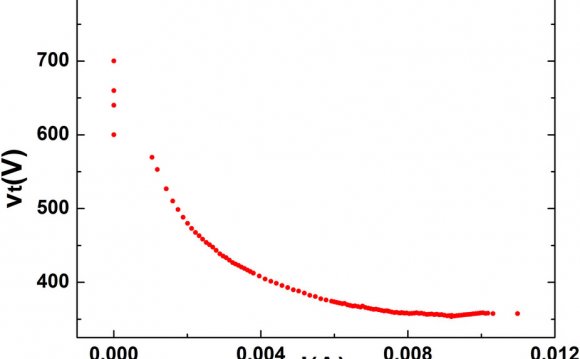
Basic research is carried out and applied to all of these areas by CU scientists in the Physics Department and collaborators in Institutes such as LASP and departments such as APS. The three broad categories of plasma research—theoretical, computer simulation and laboratory studies—are all well-represented in the Physics Department.
The purpose of the Center for Integrated Plasma Studies (CIPS) is to provide a focal point and forum for the exchange of both educational and research ideas among scientists with these diverse affiliations. Research in plasma physics is extraordinarily broad, encompassing basic physics of plasmas, fusion sciences, space and astrophysics, beam and accelerator physics, laser-matter interactions, and industrial processing. CIPS possesses scientific expertise in all of these areas, and will foster unique new opportunities for sponsored research in interdisciplinary aspects of plasma physics. CIPS sets the guidelines for both undergraduate and graduate education in plasma physics at the University of Colorado, providing research opportunities and guidance for plasma physics doctoral candidates.
CIPS Research Groups/Participating Physics Faculty
|
We conduct research in plasma and beam physics, in addition to nonlinear dynamics and its application to plasma and beam physics. We also investigate the use of object oriented programming methods in the modeling of beams and plasmas. |
The Space Plasma Group at the University of Colorado studies the nonlinear evolution of space and laboratory plasmas driven by electric currents and beams of energetic particles. |
|
The FRC and Plasma Diagnostics Group is working on a number of projects based on measurement and assessment of turbulence and cross-field transport in magnetically confined plasmas. This research program combines local experiments at CU with collaborations with universities and national laboratories. |
We use large-scale computing to better understand nonlinear plasma physics. The group's research is primarily in magnetic fusion tokamak turbulence and transport, but includes research in magnetospheric and auroral space physics. |
|
Our research on dusty plasmas has been motivated by naturally-occurring plasmas. The largest research project is the development and launch of rocket-borne probes to detect the dust in the mesosphere from meteor ablation and the larger noctilucent cloud particles that form in the arctic summer when ice nucleates and grows on these particles. |
The Plasma Astrophysics group at CU conducts active theoretical and computational research relevant to some of the most fascinating and important astrophysical phenomena, such as:
|
|
This group has been pursuing research on solar activity in differing wavelength regimes from microwaves to gamma rays. An objective of these efforts is to combine X-ray and other data on solar flares, coronal mass ejections and interplanetary particle events in order to obtain a more comprehensive recogniton of signatures and understanding of interplanetary proton events. |
The Colorado Center for Lunar Dust and Atmospheric Studies (CCLDAS) explores the lunar dust/plasma environment through a combination of modeling, theoretical work and laboratory experiments. We develop new experimental processes to determine:
- The effects that a charged surface mobilizing dusty particles affects the lunar atmosphere
- How solar radiation is responsible for the lunar dusty atmosphere
- How dust can be mitigated on lunar missions
The Laboratory for Atmospheric and Space Physics (LASP) is a full-cycle space institute, combining all aspects of space exploration through expertise in science, engineering, mission operations, and scientific data analysis. LASP is an institute at the University of Colorado at Boulder (CU).
YOU MIGHT ALSO LIKE












